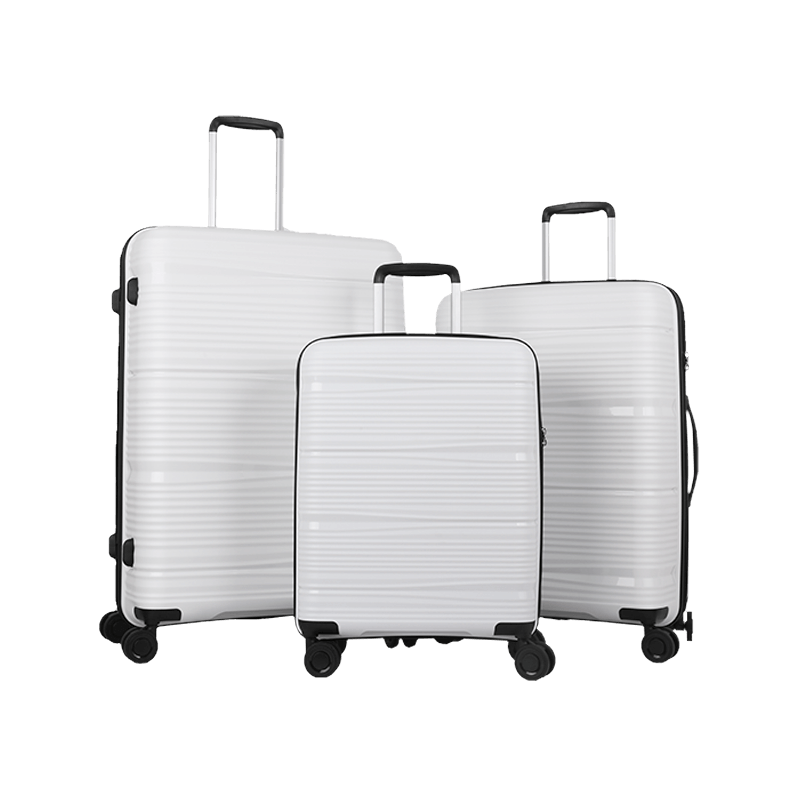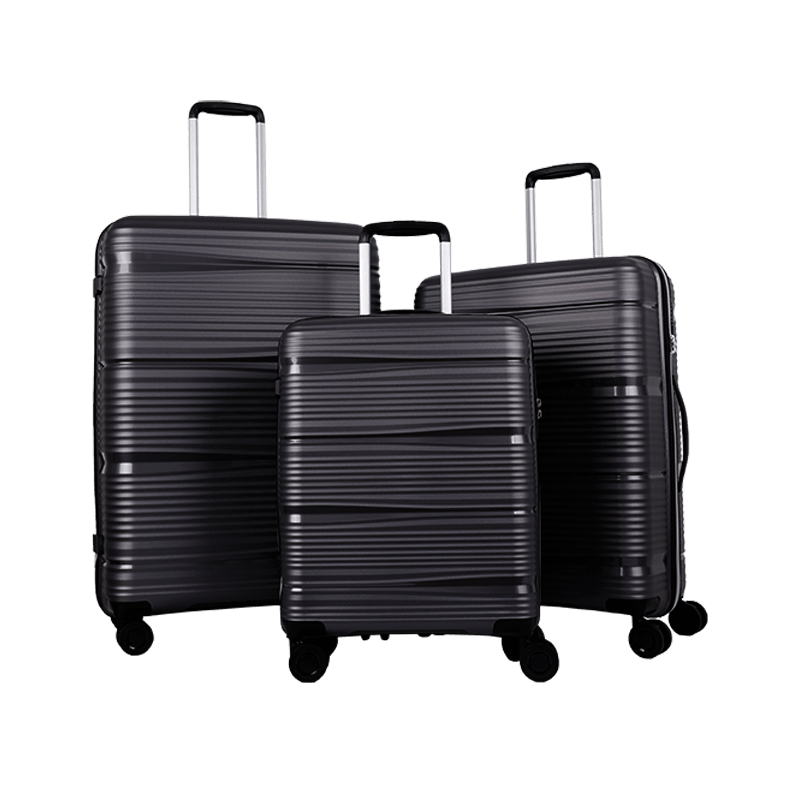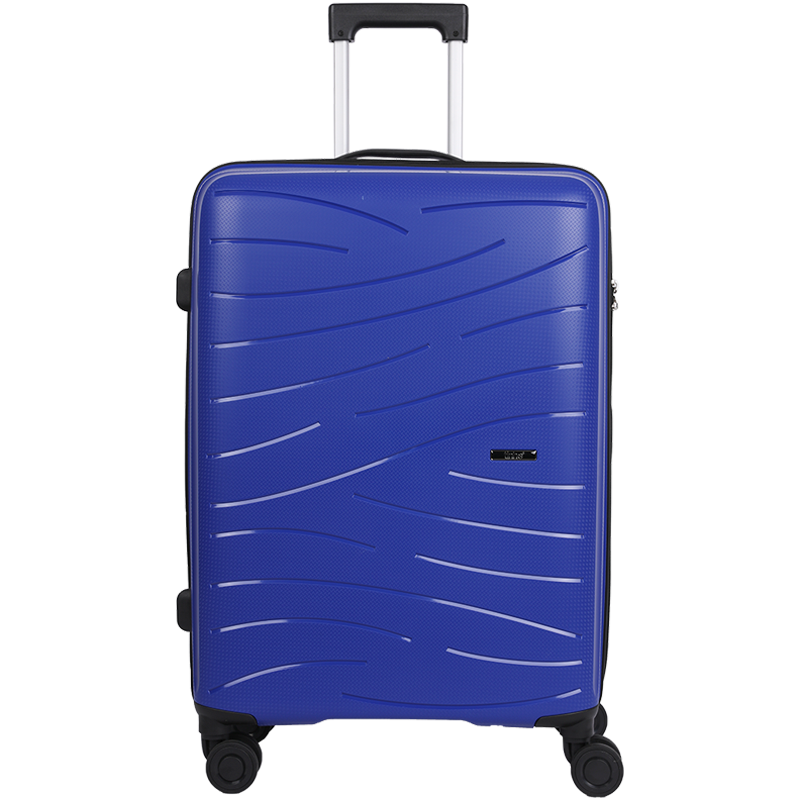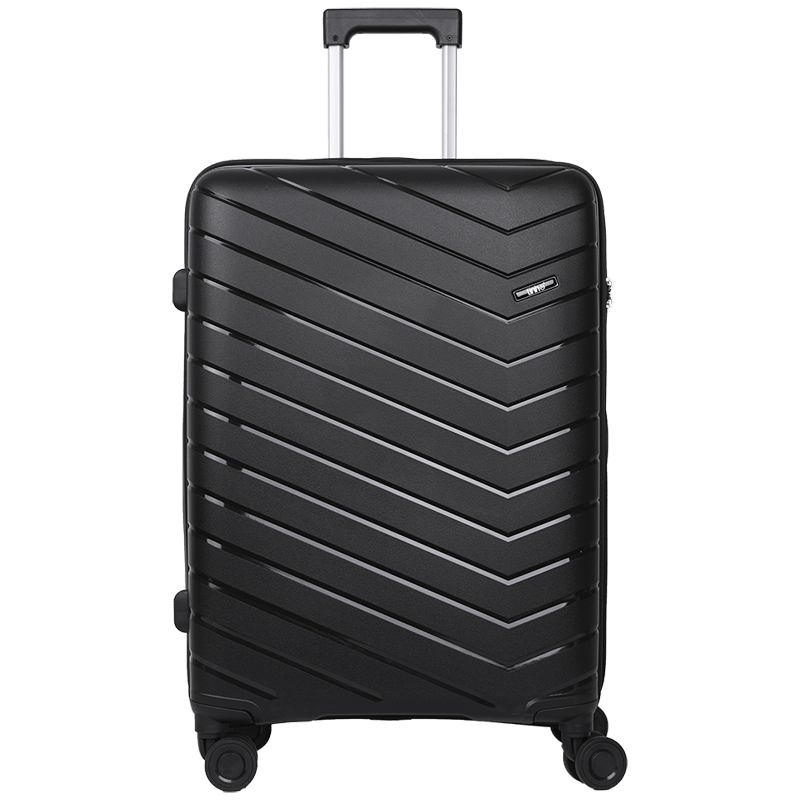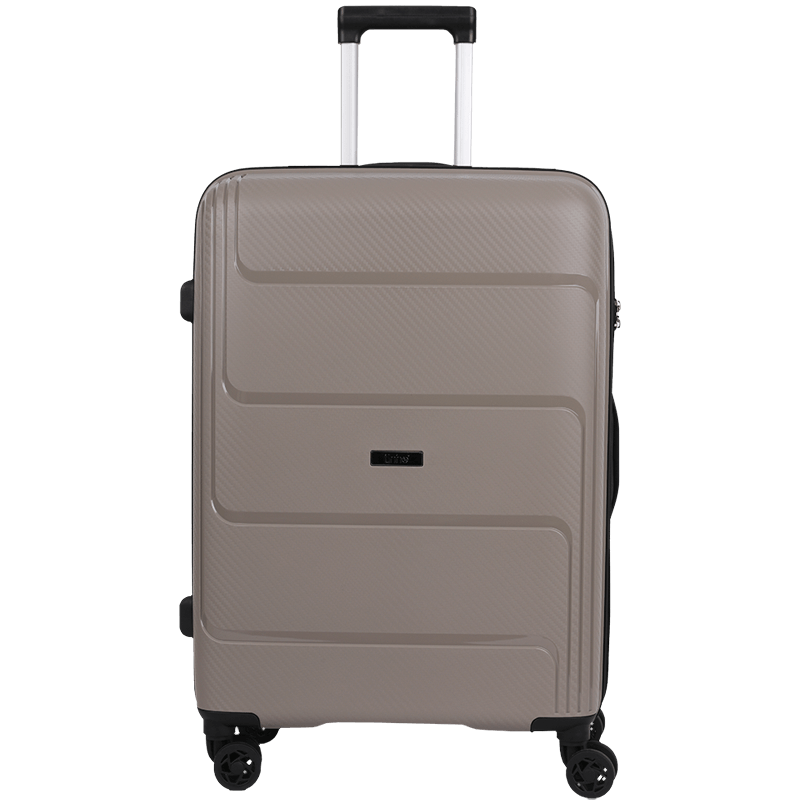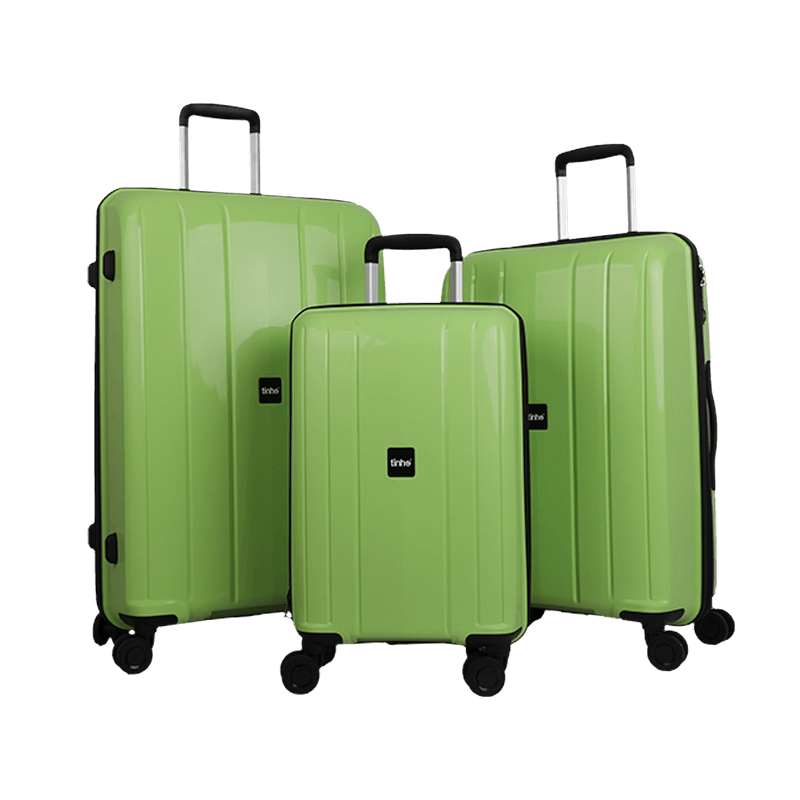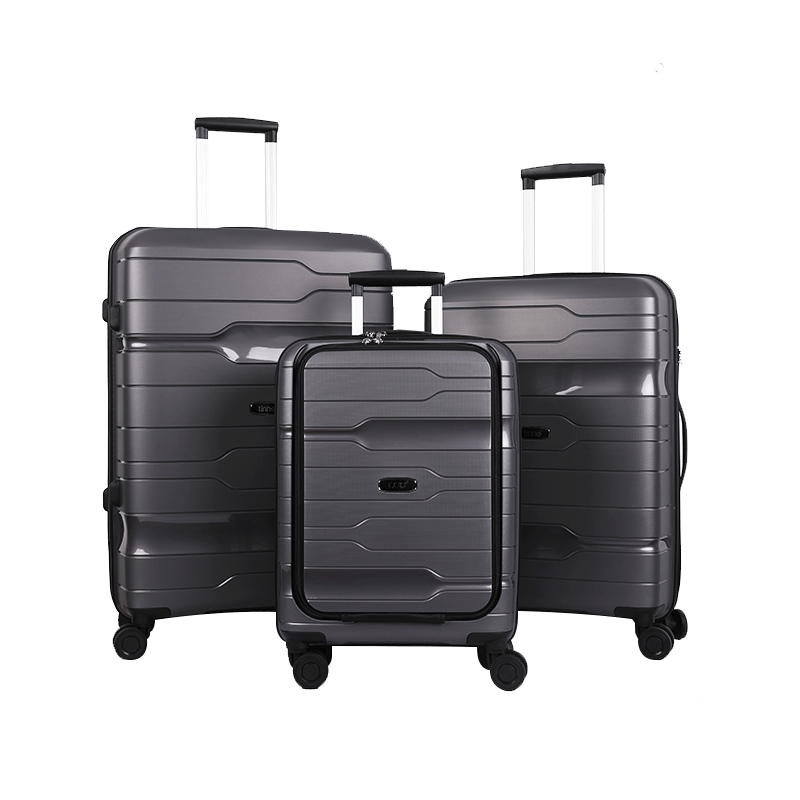Promotional PP trolley luggage Manufacturers and PP trolley case Suppliers - Carrying a bag on your back, a trip to go!
Many trolley cases will use leather fabrics. Usually, the leathers we use for trolley cases are natural leather, goatskin, yellow leather, pigskin, buffalo leather and sheep leather. But many trolley cases will choose to use fake artificial leather to make leather cases, so we have to learn the primary way to distinguish the authenticity of leather goods. If you want to distinguish the authenticity of leather goods, you must learn to use the sensory judgment method. In fact, it is very simple to learn to distinguish. First, it should be implemented in four aspects: touch, see, twist, stretch, and then base The characteristics of various dermis itself can be used for specific discrimination.
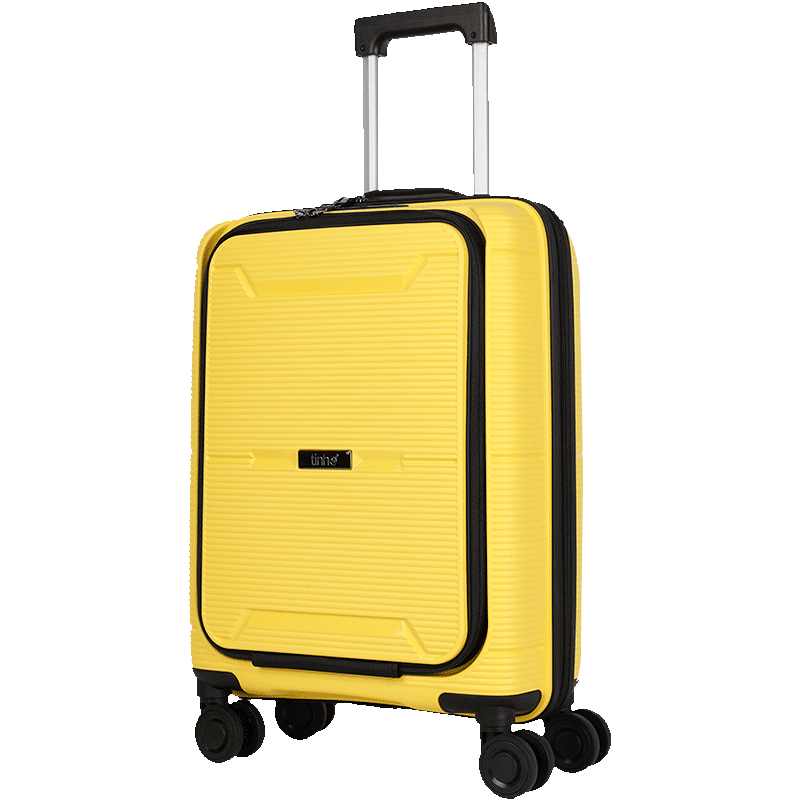
The fabric of the trolley case can be said to be more important for comparison. For a good trolley case, the fabric on it must have a good feel, color and style matching, wear resistance, and best with a certain waterproof function, so we have to Have a certain understanding of the fabric of the trolley box.
1. Natural leather: when you knead it with your thumb, there will be a fine texture flashing. The leather with better leather will look full and elastic; while the leather with poor leather will have larger wrinkles; if the leather is If there is no fine texture on the outside, it is not natural leather.
2. Goatskin: Its markings are laid out in a wavy shape, thick and detailed, which is thicker, firmer and lighter than sheepskin.
3. Yellow cowhide: The texture is detailed, and the pores appear in irregular spots.
4. Pigskin: The appearance of markings is usually a group of three pores, the appearance is rough, soft or hard.
5. Buffalo leather: It has larger pores and thicker leather fiber than yellow leather.
6. Sheep skin: The markings are placed in a half-moon shape, with good flexibility, dense fur and thin skin.
If the suitcase encounters conflicts during the transportation process, the certain gap between the tie rods can buffer the impact, so that all impacts will not impact on the tie rods and shorten the service life of the tie rods! The larger the box, the fewer the number of sections. The smaller the box, the greater the number of sections. Usually 13-16 inch boxes reveal 3-4 sections, 18 and 20 inch boxes reveal two sections, and 22 inches or more boxes reveal one section. The fewer sections, the lower the probability of tie rod damage and the lower the sense of shaking.
